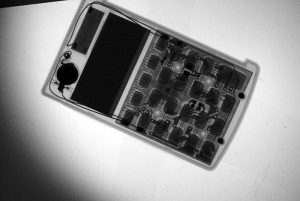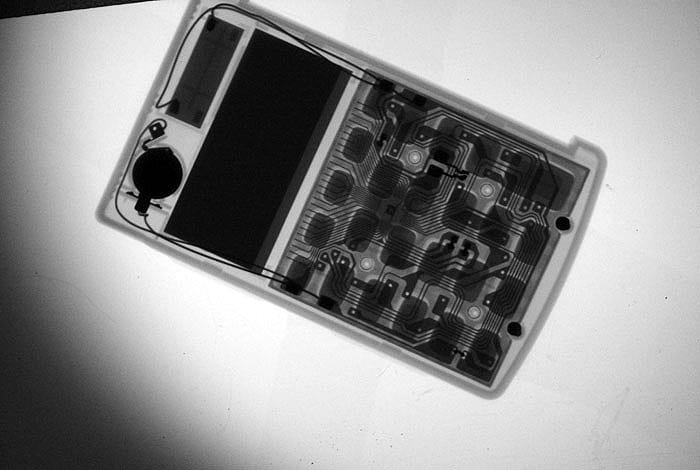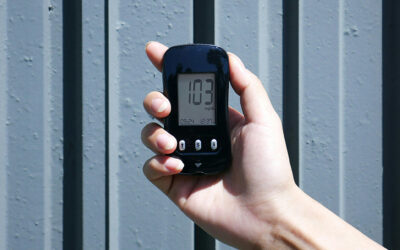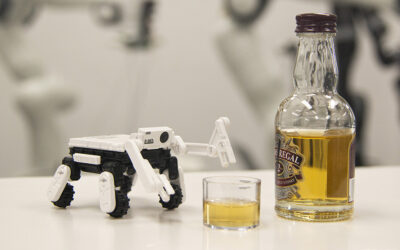
A hand-held calculator that was X-rayed by Los Alamos National Laboratory researchers using the MiniMAX camera, a lightweight, portable X-ray machine that could revolution imaging of closed containers.
Los Alamos National Laboratory and Tribogenics, the pioneer of innovative X-ray solutions, have partnered to create a unique, lightweight, compact, low-cost X-ray system that uses the MiniMAX (Miniature, Mobile, Agile, X-ray) camera to provide real-time inspection of sealed containers and facilities. The innovative technology will be featured at the International Atomic Energy Agency (IAEA) International Conference on Nuclear Security: Enhancing Global Efforts, July 1-5, in Vienna, Austria.
“Cost and portability are the major barriers to expanding the use of X-ray imaging,” said Scott Watson of Los Alamos’s Nuclear Engineering and Nonproliferation Division. “We designed MiniMAX to demonstrate that such a system will open up new applications in security inspection, field medicine, specimen radiography and industrial inspection.”
Los Alamos has developed MiniMAX as an alternative to the large, expensive and fixed facilities presently required for security inspections using X-ray imaging. The complete MiniMAX portable radiography system weighs less than five pounds, compared to much larger and heavier systems currently available.
Los Alamos Physicists demonstrated MiniMAX using a conventional X-ray source, a radioisotopic source, and a prototype source from Tribogenics operating at 90 keV. The Los Alamos team used the Tribogenics source to produce an X-ray image of a hand-held calculator.
“We were delighted when Los Alamos approached us to explore a partnership,” said Carlos Camara, Chief Scientist at Tribogenics. “This is exactly the type of breakthrough, portable application we envision for our disruptive X-ray technology.”
Source: Los Alamos National Laboratory

















